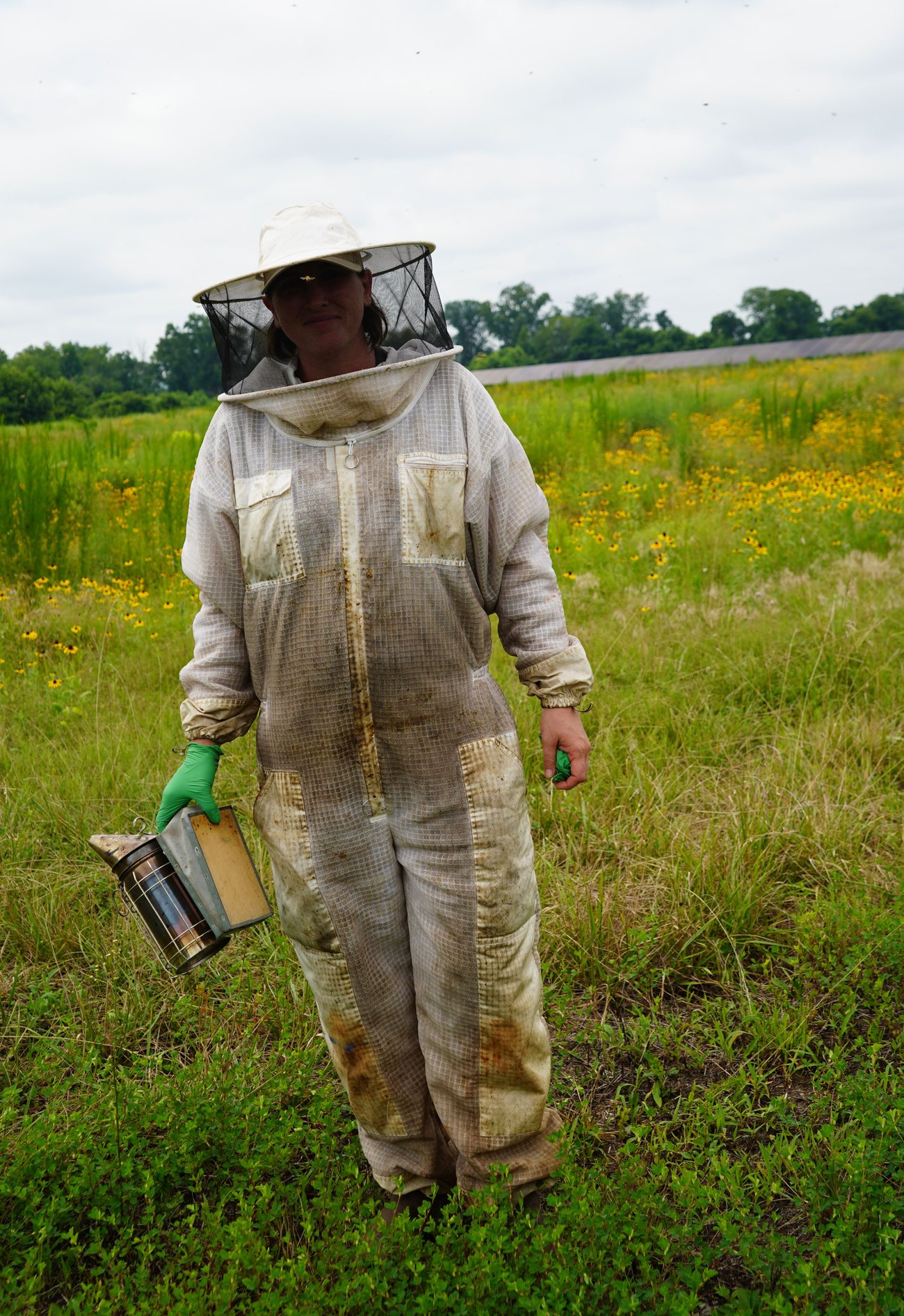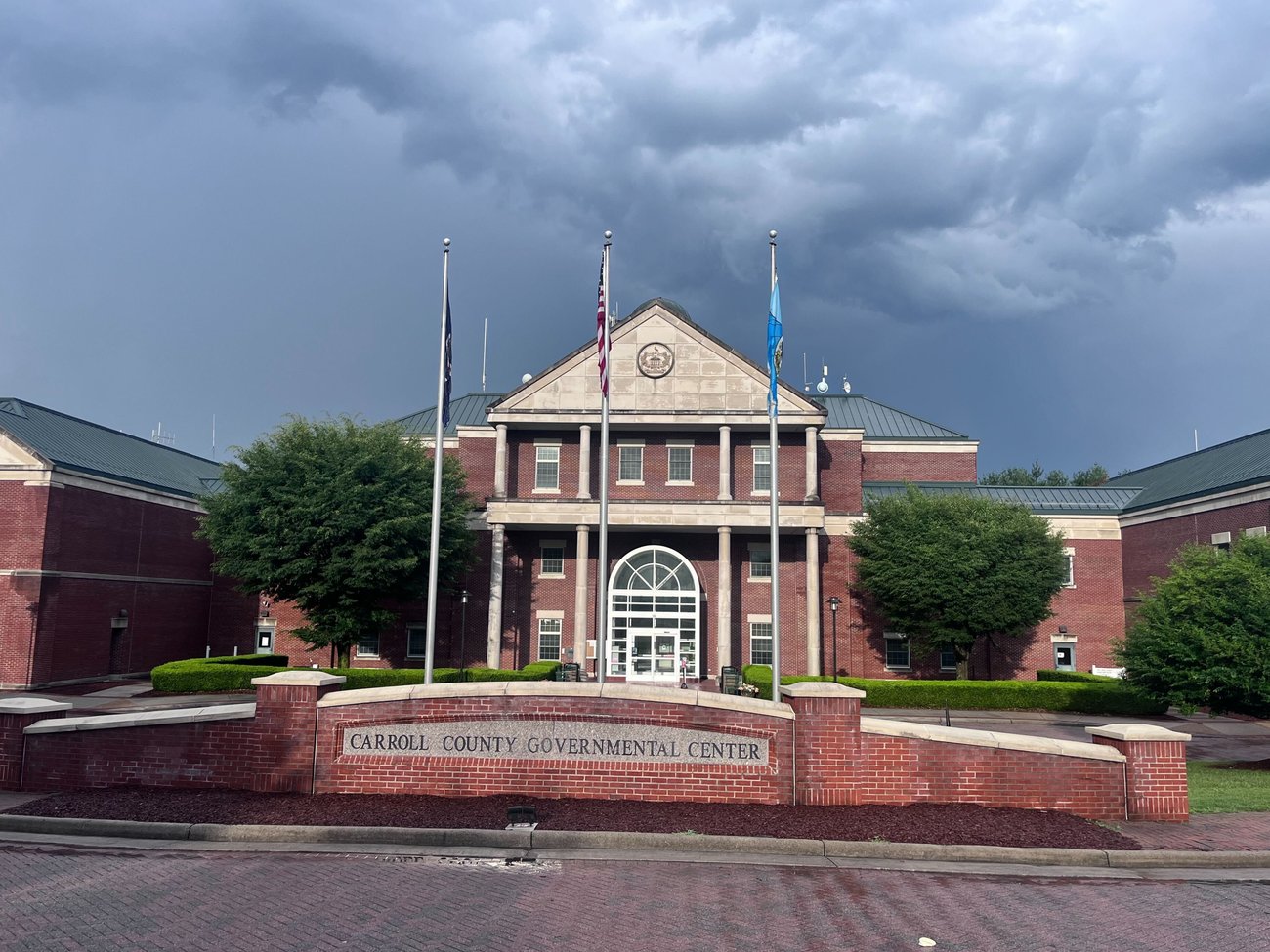|
|
|
Happy Friday!
July 18, 2025
|
|
|
|
The Energy Right team visited over six communities, sitting in on and participating with local meetings, interested public, and more on our mission for clean energy the Right Way.
|
|
|
|
|
|
|
|
The Clean Energy Pipeline
|
 |
|
|
|
The U.S. electric grid is in the middle of a massive shift—and solar energy is leading the charge. According to the Federal Energy Regulatory Commission’s latest Energy Infrastructure Update, nearly 78% of all new generation capacity added through April 2025 came from solar. That’s 9.5 gigawatts (GW) of solar out of 12.2 GW total, vastly outpacing wind (18%) and natural gas (4%). And this isn’t a short-term trend. Over the next three years, FERC projects another 90 GW of solar to be added—nearly four times the anticipated wind capacity (23 GW) and almost five times the expected additions from natural gas (19 GW).
FERC expects the retirement of 24 GW of coal and 14 GW of natural gas capacity by 2028, compared to just 17 megawatts of solar projected for decommissioning. The pipeline for future solar remains massive: over 224 GW of new solar projects are queued nationally, including more than 177 GW in the PJM region, which serves Virginia and much of the mid-Atlantic. For context, solar currently accounts for 146 GW of installed capacity nationwide—meaning the grid is on track to more than double solar generation in just a few years.
For Virginia, this growth represents a consistent strategic opportunity that we’ve seen employed in recent years. As data centers and digital infrastructure continue to expand in Northern Virginia and as energy demand surges statewide, distributed solar and battery storage can help meet that demand affordably and reliably. It also aligns with the Commonwealth’s broader energy independence goals—strengthening the grid with in-state resources while reducing long-term exposure to volatile fuel markets.
The solar transition isn’t without its infrastructure challenges, but the scale and pace of growth suggest the technology is well on its way to becoming the backbone of a modern grid. Virginia’s energy future will depend on our implementation of energy infrastructures, adding the right ones, in the right places, at the right time.
|
|
|
|
|
|
Buzz of the Week
|
|
|
 |
|
|
|
Beekeeper Allison Wickham working in her uniform at Hollyfield, a farm that is utilizing agrivoltaics, combining the rich vegetation that is preserved on the land with hundreds of bees. How many bees does it take to harvest over 300 pounds of honey? Enough to make you wear your protective gear, that’s for sure!
|
|
|
|
Follow Us
|
|
|
|
|
|
|
|
|
|
From NoVA to Norton: The Grid Connection
|
|
|
|
|
Virginia’s regional economies are deeply interconnected; what happens in Northern Virginia doesn’t stay in Northern Virginia, argues Dwayne Yancey. The tax revenues and economic output generated by urban hubs help sustain essential services and infrastructure across rural regions. When one part of the state thrives, it creates ripples of opportunity elsewhere, supporting schools, healthcare, transportation, and more. But the reverse is also true: if economic stagnation sets in, especially in key regions like NoVA, the strain shifts onto rural communities already grappling with limited resources. To secure success for Virginia’s future, we should recognize that our local economies are part of one shared system, and that system only works if every part is healthy and moving forward.
As the global economy evolves, Virginia is set with the opportunity to position itself as a leader in innovative and future-focused industries. We see this happening with investments in AI infrastructure, advanced manufacturing, and bio-med all across the Commonwealth. But this transformative innovation depends on a stable, resilient energy foundation. Energy generation is the backbone of economic development; without enough electrons on the grid, growth inevitably stalls. Meeting our energy needs requires a clear-eyed view of the realities: new natural gas combined cycle plants take 4-7 years to come online, and nuclear power even longer at 10+ years, while solar and battery storage systems can be developed in just 1-2 years.
Each unique energy source will play a key role in our economic and energy future. There’s room for every source in our energy ecosystem, but to meet demand now, we must protect existing generation and prioritize technologies that are cost-effective, quickly deployable, and reliable. Only then can we power the next chapter of Virginia’s economic story.
|
|
|
|
|
|
|
|
|
|
|
|
This week our team went to Albemarle, Amherst, Carroll, Essex, Montgomery, Spotsylvania, and Westmoreland counties!
|
|
|
|
|
|
|
 |
|
Carroll County, VA
|
|
|
|
On July 17th, Energy Right attended the Carroll County Planning Commission meeting where a new solar policy was under discussion. Engaging in these conversations and providing resources to local leaders is part of our mission to help ensure the right balance is struck between private property rights, community values, and responsible renewable energy development.
|
|
|
|
|
|
|
|
Google Inks $3 Billion US Hydropower Deal, Largest Clean Energy Agreement of Its Kind
– Vocal
|
|
In a landmark move, Google signed a \$3 billion agreement with Brookfield Renewable to procure over 1,000 MW of hydropower—its largest U.S. clean energy investment to date. The deal supports Google’s 2030 goal of running on 24/7 carbon-free energy and highlights the increasing corporate demand for baseload renewables that are reliable, zero-carbon, and scalable.
The choice for hydropower shows the need to diversify our energy grid and strengthening grid resilience. For states like Virginia—where baseload clean energy, data center load growth, and infrastructure investment are top-of-mind—this model offers a roadmap for public-private collaboration and innovation at scale. |
|
|
|
|
|
|
|
|
|
NEXT WEEK
We’ll be traveling to Brunswick, Hanover, Harrisonburg, Nottoway, Russell, and Wise counties!
|
|
|
|
|
|
|
|
|
|
What does a discounted office tower in Fairfax have to do with school funding in rural Virginia? More than you might think. As Northern Virginia’s commercial real estate market softens—with office buildings selling for pennies on the dollar—the region’s outsized role in fueling the state budget comes under threat. This piece connects the dots between tax base erosion in Fairfax and potential funding shortfalls across rural schools, roads, and emergency services.
From declining population growth to stalled tech sector rankings and debates over how to diversify the economy, this is a sharp look at how one region’s downturn could send financial ripples across the Commonwealth. A must-read for anyone watching the economic forces shaping Virginia’s shared future.
|
|
|
|
|
|
|

